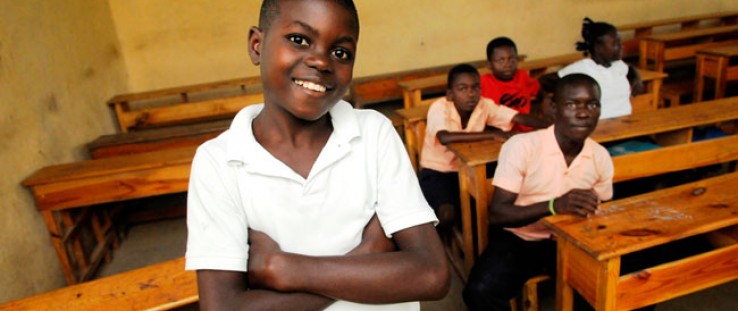 Johnie Pierre, 13, is one of thousands of Haitian children to receive shoes through the Haiti Neglected Tropical Disease Control Program. The shoes are provided through a partnership between IMA World Health and TOMS.
Chris Glass, IMA World Health
Johnie Pierre, 13, is one of thousands of Haitian children to receive shoes through the Haiti Neglected Tropical Disease Control Program. The shoes are provided through a partnership between IMA World Health and TOMS.
Chris Glass, IMA World Health
 Johnie Pierre, 13, is one of thousands of Haitian children to receive shoes through the Haiti Neglected Tropical Disease Control Program. The shoes are provided through a partnership between IMA World Health and TOMS.
Chris Glass, IMA World Health
Johnie Pierre, 13, is one of thousands of Haitian children to receive shoes through the Haiti Neglected Tropical Disease Control Program. The shoes are provided through a partnership between IMA World Health and TOMS.
Chris Glass, IMA World Health
Speeches Shim
Hearing the buzz of a motorcycle engine, students poke their heads out the doors and windows of the Ecole Nationale de l'Acul du Nord (the National School of North Acul).
The guests have arrived.
They’ve seen these guests before and welcome them with smiles. Since 2008, community volunteers visit this school annually and hundreds like it across Haiti to distribute medicine and shoes to fight neglected tropical diseases (NTDs) as part of the country’s efforts to stomp out two endemic diseases. More than 8.7 million Haitians, out of a population of 10 million, are treated each year.
The medicine is designed to give the little-known but largely debilitating diseases a knock-out punch. The shoes, which were added to the drug program’s distribution channels in 2011, offer an extra layer of protection in a country where treading with bare feet can be dangerous.
An estimated 1 billion people globally are affected by one or more NTDs, which cause chronic suffering, disability, compromised mental and physical development, and social stigma. NTDs hinder progress to achieving the global anti-poverty targets, known as the Millennium Development Goals, by disproportionately affecting poor and rural populations that lack access to clean water, sanitation and essential medicines.
In Haiti, the mosquito-borne lymphatic filariasis (LF) and soil-transmitted helminths (STH, commonly referred to as intestinal worms) are endemic throughout the country.
The good news, according to Emily Hillman, a USAID public health specialist, is that NTDs can be controlled and even eliminated through a cost-effective public health intervention known as mass drug administration, through which medicine is distributed to an entire eligible population once a year.
In Haiti, annual community- and school-based distribution is conducted with two medicines, diethylcarbamazine citrate and albendazole. USAID supports distribution of the drugs to over 4.8 million people in eight out of Haiti’s 10 departments annually. The Agency and numerous other donors and partners support the fight against NTDs in Haiti through the country’s umbrella Haiti Neglected Tropical Disease Control Program.
To reach communities all over Haiti, USAID has also helped the Haiti NTD Control Program train a network of 19,000 community volunteers to help implement the program through community sensitization and drug distribution—creating a cost-effective, locally supported initiative to ensure the drugs get into as many mouths as possible. With assistance from USAID and other partners, Haiti was able to provide treatment to the entire country in 2012, placing the country on the path to elimination and control by 2020.
TOMS Joins the NTD Fight
Today, as part of USAID’s support for NTD control in Haiti, students at Ecole Nationale will also receive shoes through a partnership between IMA World Health and TOMS, a U.S.-based company that provides new shoes to a child in need with every pair purchased. Since 2011, hundreds of thousands of pairs of shoes have been delivered through IMA World Health and community partners to help fight against NTDs in Haiti.
Johnie Pierre, 13, is one of the first children to slip on a pair of shoes. He has a broad smile on his face as he takes his first few steps to make sure they fit properly. When asked about his shoes, Johnie replies that he will wear them every day.
“Maybe I can play soccer better,” said Johnie as his classmates giggle.
In a matter of hours, his sister and brother, along with the rest of the schoolchildren, are fitted for shoes before the volunteers move on to the next school.
The new shoes not only protect feet from cuts and abrasions that can become infected, they also provide a secondary measure against soil transmitted helminths (STH). These intestinal parasites are endemic throughout Haiti and are usually transmitted through contact with contaminated soil or water. STH can produce a wide range of symptoms including intestinal manifestations (such as diarrhea and abdominal pain), general malaise and weakness that may affect working and learning capacities, and impair physical growth.
Shoes provide a much-needed barrier between the feet and contaminated soil or water. In addition, shoes help prevent hookworm—which affects an estimated 740 million people globally, according to a World Health Organization estimate.
In a country where there is often no money for new shoes, and footwear is often inherited without much regard to size, shoes that fit well are even better; they help to prevent injuries as well as blisters that can easily become infected. And in Haiti, shoes are required for school enrollment.
“The shoes, which began as a complement to the drug regimen in 2011, are a great addition to the Haiti NTD Control Program, since trained volunteers and a distribution system are already in place,” Dr. Roland Oscar, LF/malaria national coordinator with the Ministry of Health and Population, said at a recent mass drug administration/TOMS shoe distribution attended by partners and U.S. Ambassador Pamela White.
The long-term goal for the program is to revisit the same children each year as they grow into new shoes, so that they receive both the NTD-fighting drugs and a new pair of well-fitting shoes.
But according to Dr. Abdel Direny, senior program manager with IMA, the program has a chance of eliminating or controlling these diseases by 2020. Consistent mass drug administration (MDA) will eventually eliminate diseases like LF from Haiti. For example, in the commune of Quartier Morin, baseline data collected in 2000 indicated an LF prevalence level of 39 percent. Results from an evaluation site conducted in 2010—after two years of drug distribution to fight LF—show a reduced prevalence of 8 percent. In another few years, it is likely the numbers will continue to drop to below 1 percent, at which point MDA can be stopped.
According to Jean Francois, school inspector with the Ministry of Education in the North Department: “The MDA and shoe distributions are complementary and have social, educational and health impacts. Children are proud to have a new pair of shoes and it increases the presence of kids at school as well as improves their health and ability to learn.”
Ann Varghese and Chris Glass are with IMA World Health.
A Play On Worms
As in Haiti, USAID is also taking the battle against NTDs into classrooms across the Philippines.
In 2012, the Agency helped revise school health kits that teachers use to educate students on how to avoid exposure to the three most prevalent NTD infections—soil transmitted helminthes (intestinal worms), schistosomiasis (snail fever) and lymphatic filariasis (elephantitis)—which are endemic across much of the Philippines. Over 50 million are at risk, including most of the country’s children.
Because of the Philippines’ challenging political geography—over 92 million people live spread across more than 7,000 islands, some of which have areas of armed conflict—major advances towards the elimination of NTDs have been an uncertain endeavor, and potentially expensive.
One extremely effective way to reach children, who are the most vulnerable to long-term mental and physical impairment from these diseases, is through the national school system. Even if these kids live in hard-to-reach areas, most go to school every day.
Over 775 schools across the country are now better prepared to teach children about how worm infections are spread, what symptoms children may have, and ways to prevent exposure such as proper hand washing, using toilets properly, and taking de-worming tablets regularly. The teachers engage children in storytelling and role-playing so they can better understand and act upon the lessons they learn.
“The new school health materials for NTDs are a really important contribution,” says Loida Ramos, supervisory health program officer at the Department of Education. “They are simple, clear, easy to understand and quite colorful. They have been designed to be easily understood by both the teachers and the students, and do not require any additional—and costly—training in their use. We are already hearing about the excitement these materials are causing in schools across the country.”
USAID’s work to bring treatment and prevention to Filipino schools is part of the region-wide End Neglected Tropical Diseases (END) in Asia Project. The Agency’s support of $1 million per year is helping to strengthen communication materials, build local capacity, improve coordination and planning, and expand advocacy to both public and private partners, especially in those isolated and impoverished areas.

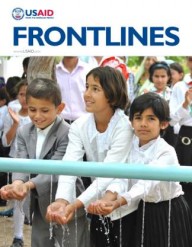

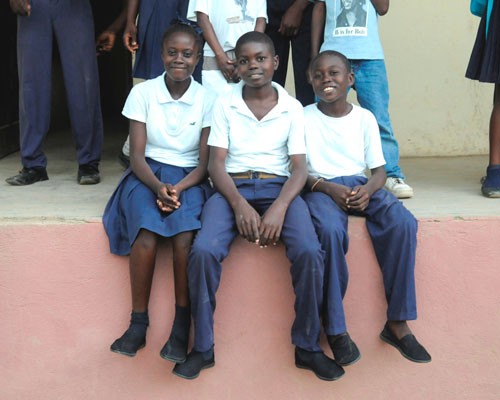
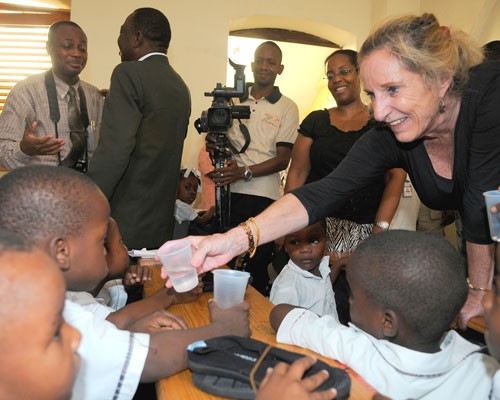
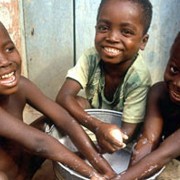
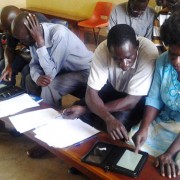
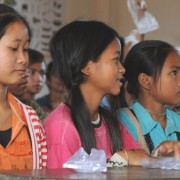
Comment
Make a general inquiry or suggest an improvement.